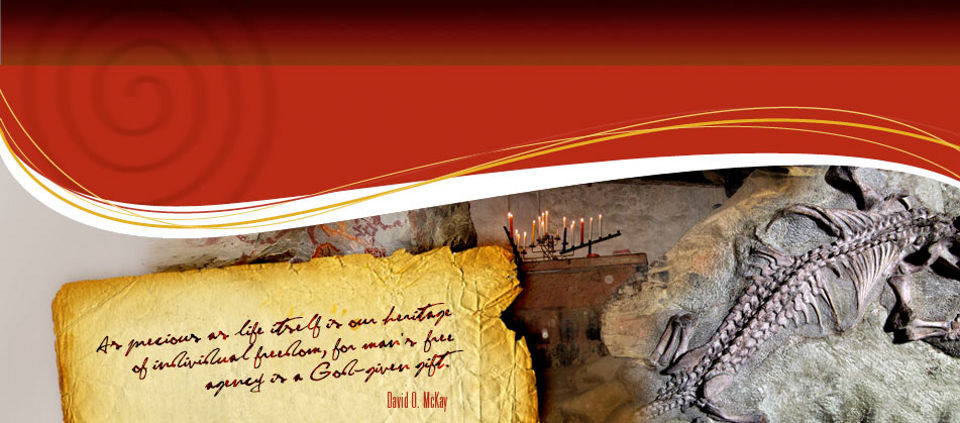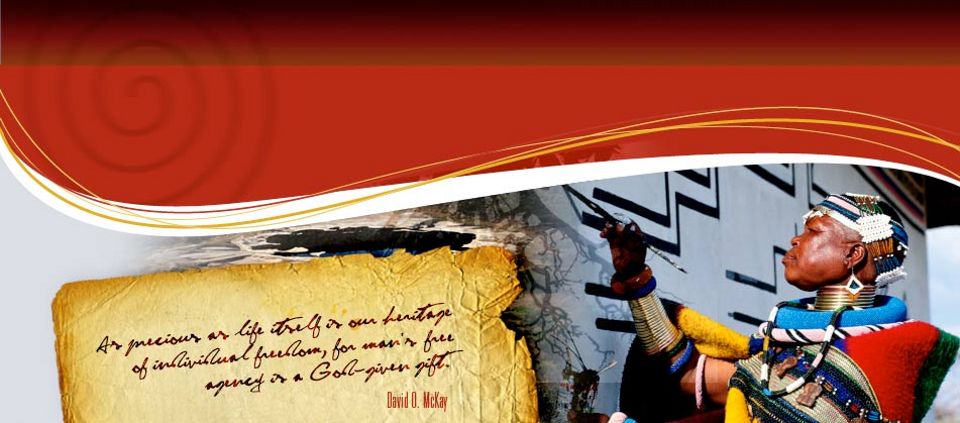THIS IS THE ARCHIVE FOR SAHRIS 1.0
THIS SITE IS NOW AN ARCHIVE AND IS NOT SUITABLE FOR MAKING APPLICATIONS
Please be aware that no content and application creation or changes to information on this version of SAHRIS will be retained.
To make applications or utilise SAHRIS for the creation of information, please use the new site:
https://sahris.org.za
Changes to SAHRIS!
The South African Heritage Resources Information System (SAHRIS) has undergone a generational upgrade and restructure. These changes to the site include, but are not limited to:
- A new & modernised look and layout
- Improved site usage flows with respect to applications and content creation
- Improved site performance and stability
Launch for the new version of SAHRIS occurred on Monday the 30th of October 2023.
The new site can be found here:
SAHRIS | SAHRIS
Union Buildings, Pretoria: Proposed National Heritage Site Declaration
![Union Buildings, Pretoria By Davinci77 [GFDL (http://www.gnu.org/copyleft/fdl.html) or CC-BY-SA-3.0 (http://creativecommons.org/licenses/by-sa/3.0/)], via Wikimedia Commons](https://sahris.sahra.org.za/sites/default/files/website/articlepics/Uniegebou.jpg)
It is with great pleasure that the South African Heritage Resources Agency (SAHRA), which is responsible for the protection of national heritage sites, wishes to inform you that the property, known as the Union Buildings, which is comprised of Portions of the farm Elandspoort 357-JR, City of Tshwane, Gauteng; 120 Plein Street and Tuynhuys, Parliamentary Precinct, Cape Town, has been identified as a heritage resource with qualities so exceptional that it is of national significance and it is thereby eligible for National Heritage Status. The Union Buildings complex is a unique and exceptional example of the interface between architecture and landscaping, but more importantly, it is a symbol of South Africa with notable political significance, both historically and in contemporary terms. While the City of Tshwane has developed around it, the Union Buildings, regarded as one of the stateliest buildings in the country, has remained a symbol of the Presidency and the seat of power of the Republic of South Africa.
STATEMENT OF SIGNIFICANCE
Section 3(3) of the National Heritage Resources Act, 1999 (Act 25 of 1999) (NHRA, 1999) outlines criteria for determining the significance of a site or object to be included as part of the national estate. For the purposes of this notification these have been summarised as follows:
1. Historical Value
2. Aesthetic Value
3. Scientific Value
4. Social Value
5. Rarity
6. Representivity
1. Historical Value
The historic value of the Union Buildings is revealed in the important role it plays in the pattern of the history of South Africa, exhibiting richness, diversity and importance in its association with events, developments and cultural phases that have had a significant role in the evolution of the nation. In addition to the foregoing, it also has strong and special associations with the life and work of persons, groups and organisations of importance in history whose works or activities have been significant in the context of the history of the nation. Located on Meintjieskop, the highest point in South Africa’s executive capital city, the Union Buildings has, since its completion in 1913, become a landmark site which has developed into an integral aspect of the urban landscape and public life of Tshwane.
Since its origins as a site, symbolic of the the Union of South Africa, subsequently the Republic of South Africa, to its present use by the Presidency of the Democratic Republic of South Africa, the site has remained a symbol of political power. The foregoing significance is accentuated by its location on one of the highest points in the executive capital city, Pretoria, Tswane. Its size and proximity to the homes of government officials and international consulates reinforces its significance. The Union Buildings was a site of many protests and demonstrations, notably, the 1956 Women’s March, which had a profound effect on the history of South Africa as it etched the Union Buildings into the broader social memory as a site of change. In addition to the above, the site, identified as 120 Plein Street, Cape Town, associated with the Union Buildings, houses the offices of the Cabinet of the Republic of South Africa and is related to the Union Buildings in this regard. Tuynhuys, part of the Parliamentary precinct, but managed as an extension to the Union Buildings, has served as the office of the Presidency of a democratic South Africa after centuries of colonisation and decades of apartheid.
2. Aesthetic Value
Conceptually the Union Buildings precinct was designed as an urban acropolis on the highest point of the city, Meintjieskop, by Sir Herbert Baker (1862-1946) with construction commencing in 1910. The site dominates the Pretoria city bowl and the surrounding hills of the urban landscape. Due to its location and scale, the site has a high level of legibility, emphasising its stateliness and significance. The site defines a particular set of aesthetic values and qualities giving the site landmark status contributing to the aesthetic qualities of the
cultural environs within which it is located. Beyond the grand architecture, the beauty of the Union Buildings lies in the integration of the buildings with the landscape and landscaping, including the use of formal and informal gardens, particularly through the use of axial lines and symmetry. The buildings and gardens are both excellent examples of historic styles and the different monuments and memorials contribute to the historic setting. The protection of the site should include all the elements that make the landscape and not merely the architectural components of the complex.
3. Scientific Value
The site, to some extent, has the potential of yielding information that will contribute to an understanding of scientific aspects of our natural and cultural heritage. The scientific value of the site is found in the construction technology and innovation as well as the botanical history of the gardens and landscaping. The Union Buildings is an example of a prototype of a new kind of public building that later became fashionable during the first half of the 20th century in South Africa, and internationally. It’s location on Meintjeskop serves to conserve a rare and endangered remnant of natural environment within the urban landscape. Many plants on the site date back to the time of botanical exploration and some good examples of rare species can be found, in areas such as the Flanagan Arboretum. The Union Buildings constitutes a place where visitors from and to South Africa can learn about, not only the political the history of South Africa, but also the natural and cultural history, about landscape, art and architecture. The presence of the natural koppie, Meintjeskop, provides the opportunity to contribute to scientific understanding of biodiversity or geodiversity. Possible archaeological sites and historical farm boundaries also provide the opportunity to achieve an even better understanding of the history and occupation patterns evident in this area.
4. Social Significance
It has strong and special associations with the South African community and different cultural groups for social, cultural, political, symbolic, aesthetic and educational reasons. The symbolism of its design elements, demography of tenants and themes of its monuments and memorials and, particularly, its role as the site of some of the most incisive social fabric changing actions, further underwrites the Union Buildings as a space of profound significance. The site, however, does not only have an association with Pretoria’s early urban settlers, but has an even earlier history associated with the indigenous peoples of the region. After being the backdrop to many protests and marches, and now the Presidency, the site is a symbol of a new democratic South Africa. Further, due to its location and significance, people across the social and political spectrum can relate to the building as a symbol of South Africa.
5. Rarity
The site is houses an uncommon and rare structure and part of a special urban and political landscape. No other site captures the public imagination like the Union Buildings. It is a window to South Africa and the highest seat of its government. The site has both local and international significance. It is where dignitaries come to meet the President of South Africa. It is a rare and special site in the South African Political and social consciousness.
6. Vulnerability
The vulnerability is defined by the extent of developmental pressures which could negatively impact on the heritage value and authenticity of the site. Due to increasing staff in the public service and limited or expensive options in the nearby CBD, there is increasing pressure for the modernization of office space. Further to the above criteria of significance, it should be noted that the preservation and management of the Union Buildings has an additional criterion of value, that of economic value. The gardens of the Union Buildings and Meintjeskop are a popular venue for leisure, formal and large scale events associated with the seat of Government.
In summary, in order to facilitate the declaration of the Union Buildings, SAHRA wishes to keep you informed of our progress, but more importantly, to address concerns that may arise from our intention to declare. We therefore hereby notify you in your capacity as owner of the property identified on the attached schedule (see Annexure “B”, hereinafter referred to as ‘your property’) that SAHRA intends to declare your property, the Union Buildings, to be a National Heritage Site in terms of Section 27(5) of the National Heritage Resources Act, 1999 (Act 25 of 1999) (‘the Act’).
THE IMPLICATIONS OF THIS DECLARATION ARE AS FOLLOWS:
In terms of section 27(18) of the Act ‘No person may destroy, damage, deface, excavate, alter, remove from its original position, subdivide or change the planning status of any heritage site without a permit issued by the heritage resources authority responsible for
the protection of such a site’ once it forms part of a place protected as a national heritage site.
You are hereby given 60 (sixty) calendar days from delivery hereof to make written submissions to SAHRA at the abovementioned address regarding the proposed declaration and to propose, if any, conditions under which the declaration will be acceptable to you.
You are hereby invited and given the opportunity in terms of Section 27 (8) (a) to furnish the undersigned with any written submissions and/or submissions regarding the above notification within the period mentioned above.
We look forward to your response and your continued interest in the national protection of this unique heritage resource.
Should you have any queries in this regard, please do not hesitate to contact the
Manager: SAHRA Built Environment Unit, Gregory Ontong at gontong@sahra.org.za
AttachedDocs:
Post date:
- 8568 reads






